Ginkgo trees are one of the oldest trees on earth. It is a delight to see these hardy shade trees with fan-shaped leaves in your garden. If you have one, you might want to add plants under it to improve the landscape.
For some ideas, we have researched what plants go well with ginkgo trees.
You can plant the following under a ginkgo tree:
- Japanese Blood Grass
- Japanese Forest Grass
- Vine Maple
- Chameleon plant
- Hosta
- Ferns
Before you plant under the ginkgo tree, you should know how to grow the tree harmoniously with other plants. There are different care requirements and varying soil conditions to meet. Read further to discover what plants thrive under a ginkgo tree.
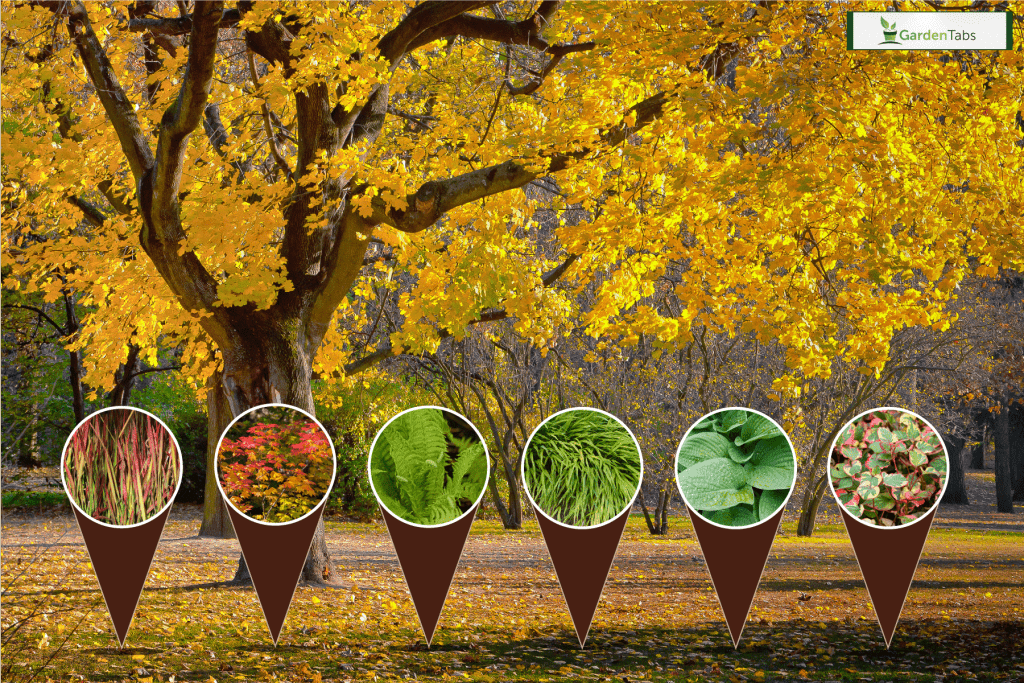
What Can Grow Under A Ginkgo Tree?
Many gardeners tried growing plants under ginkgo trees, but a majority failed. It is tricky to plant with this tree, even if it is low maintenance.
If you are planning to grow plants underneath the tree, here are some suggestions:
1. Japanese Blood Grass
You can choose this plant if you are aiming for an Asian-inspired garden. Japanese blood grass is low-maintenance and fast-growing. The leaves can be bright red to burgundy, which can go well with the green or yellow leaves of the ginkgo tree.
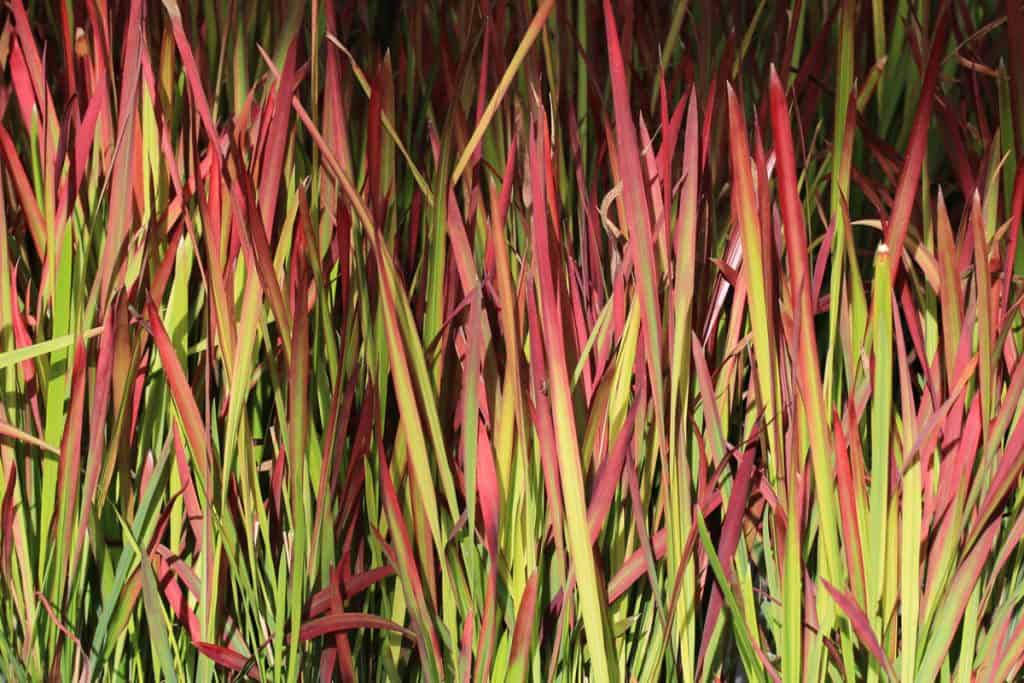
However, due to its rapid growth, it can also be invasive. It is best to grow this grass in a container and watch out for the seeds. For a less invasive cultivar, choose Rubra or Red Baron species.
2. Japanese Forest Grass (Hakone)
Another low-maintenance perennial grass is Japanese forest grass. The grass is a great addition as ground cover for shaded areas and woodland gardens. The leaves can be green to bright yellow, depending on sun exposure.
The grass will grow in zones 5 to 9. The soil for the grass needs enough water and regular mulching for its growth. A well-drained soil rich in humus is perfect for growing this type of grass.

If you want to add some color to the ginkgo tree, you can choose varieties like the Albostriata or Benizake.
3. Vine Maple
The vine maple is a bushy shrub native to western North America. The plant has low branches that will grow into small to medium-sized trees.
The shrub under the ginkgo will add some color to the scenery because its leaves turn orange or red during fall. There are tiny purple and white flowers that bloom as it grows.
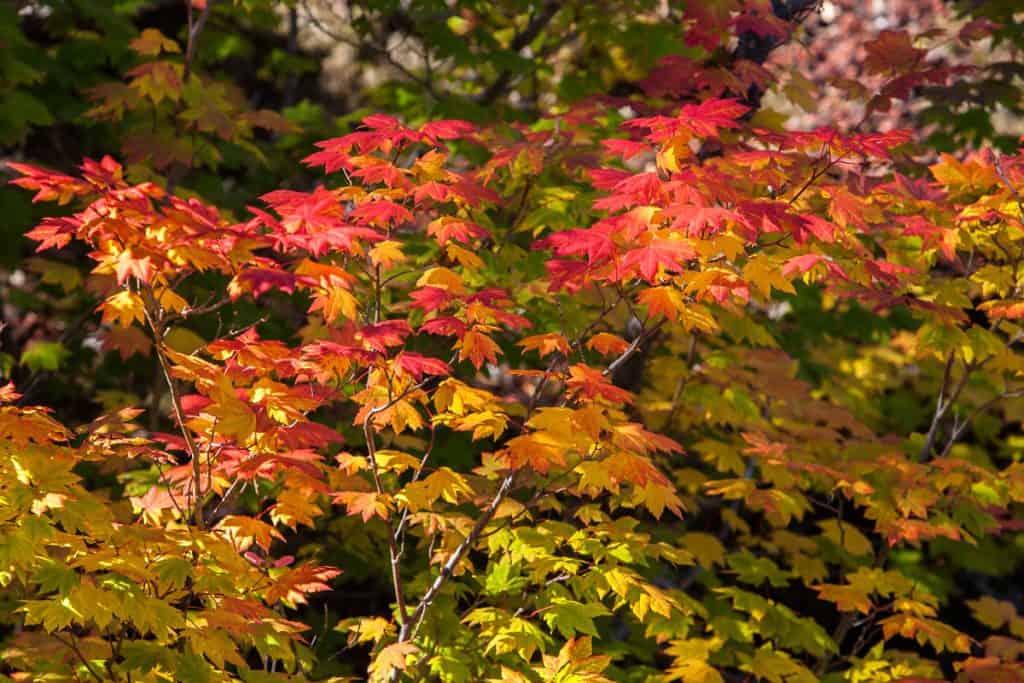
This low-maintenance perennial is deer resistant and thrives on moist, humus-rich, and well-drained soil. The plant will grow well under the partial shade of the ginkgo tree.
4. Chameleon Plant
One perennial vine that can grow under ginkgo is the chameleon plant. Some refer to this plant as fish mint, rainbow plant, or houttuynia cordata.
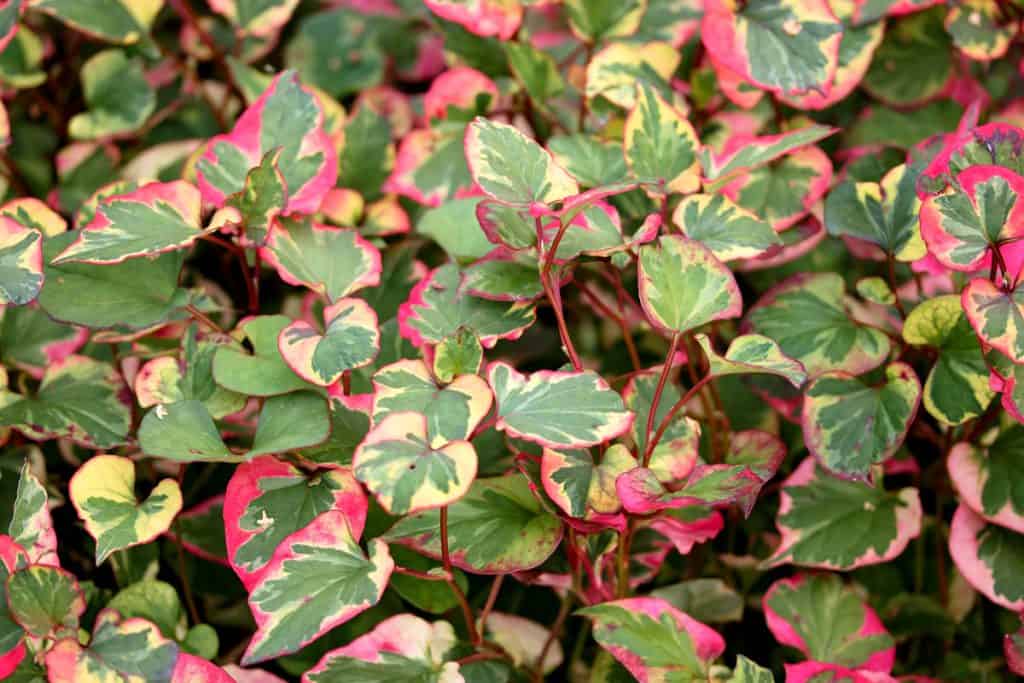
The plant is low-maintenance, giving your garden color. Its leaves can have red, pink, cream, or yellow tints, with some flowers growing mid to late spring. The plant grows well under partial shade but will have livelier colors in full sun.
Besides the colorful leaves, the plant is also a good groundcover and helps control soil erosion.
You should put the plants in containers to minimize their rapid growth. You can plant them on sidewalks or center road blocks together with ginkgo trees.
5. Hosta Plant
If you want to enjoy the greenery in your garden, you can add hosta plants. The leaves have different shades of green with varying textures and sizes. You can choose a variety that is small or larger types that can grow around 1-3 feet.
Flowers also bloom from early summer to fall, which attracts hummingbirds and pollinators.
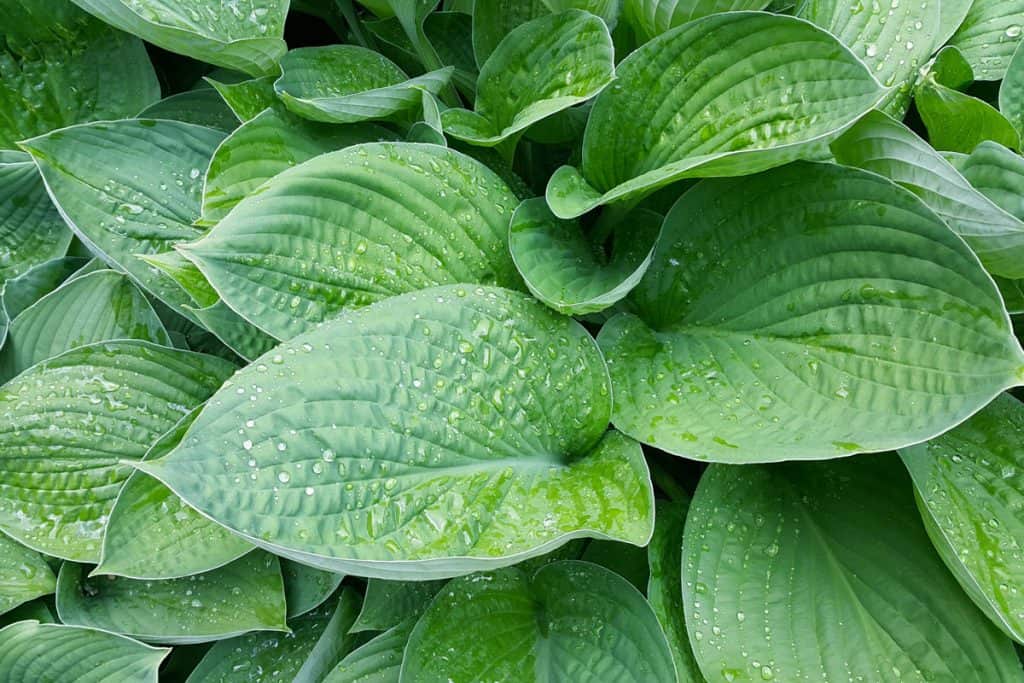
Unlike the previous plants mentioned, the hosta likes dappled or deep shade.
It is critical when planting to find the right type of soil. Hosta does not like getting soaked in soil, so you must raise it in preparation for the winter.
6. Ferns
A ginkgo tree is a living connection of low vascular plants like ferns. Ferns are also resilient and adaptable like the ginkgo. There are around 20,000 species of ferns, and choosing the right one to plant can be difficult.
The number of species might overwhelm you, but any type of fern can flourish with a ginkgo tree. These ferns are also very good groundcovers.
If you do not like the rampant growth in your garden, you can choose clumping species like the holly or osmunda ferns.
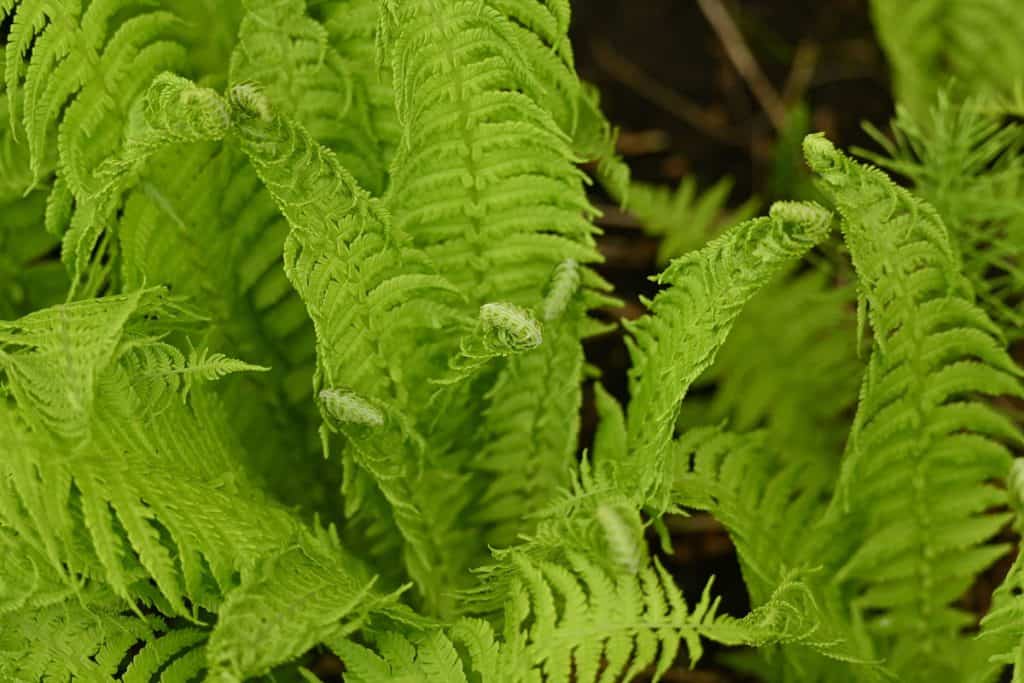
Here are other plants you can grow under a ginkgo tree:
- Pulmonarias
- Lamiums
- Epimediums
- Brunneras
- Hellebores,
- Trilliums
- Erythroniums
- Virginia bluebells
- Hepaticas
As observed, most of the compatible plants are perennials and have low maintenance. These plants also create good groundcovers at the base of the tree. They also like some partial shade, which a ginkgo tree can offer.
What Is A Ginkgo Tree?
A ginkgo tree is one of the oldest living species of trees native to China, Japan, and Korea. The tree is an ancient living fossil dating back 180 million years. However, the trees have only been in North America for around 200 years.
Ginkgo trees are slow to grow, with a one-foot increase per year. Yet, the trees can be high above 100 feet tall and live for more than 3,000 years.
The tree survives in harsh conditions. You might see ginkgo trees on urban roads because these tolerate air pollution, heat, and soil acidity. Ginkgo will grow in USDA hardiness zones from 3 to 8.
The ginkgo is a conifer tree with large, fan-shaped leaves that turn yellow in autumn. The tree loves to get full sun and partial shade.
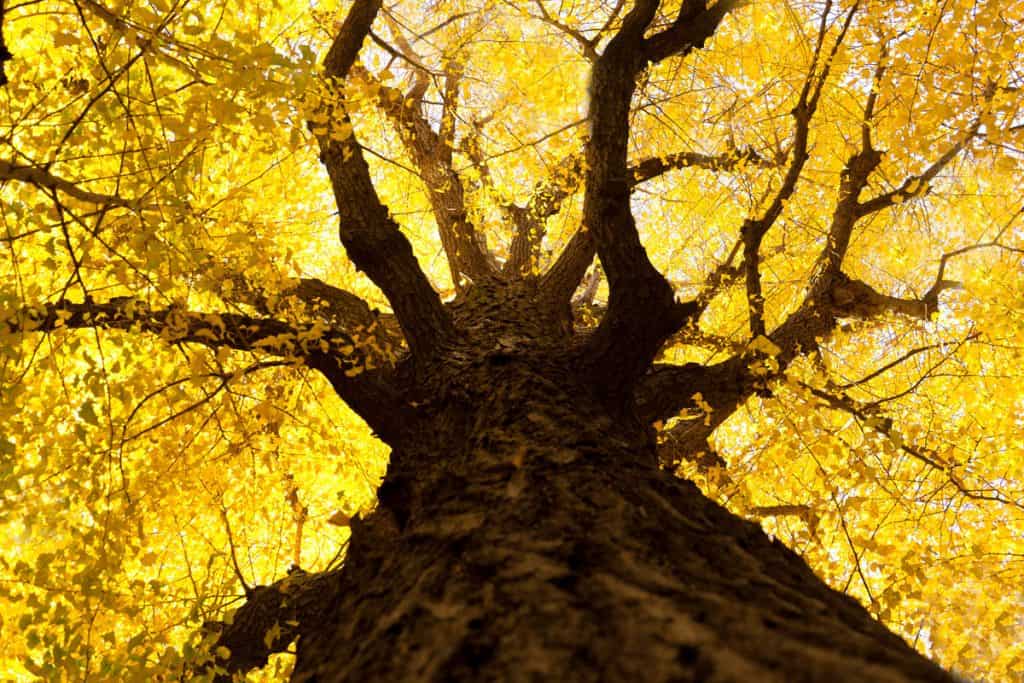
Where Do Ginkgo Trees Grow Best?
Knowing what soil type the ginkgo trees want is vital so you can plant under it. The tree loves moist, sandy, and well-drained soil. Acidic, alkaline, or compacted soils are also tolerable. Thus, making the ginkgo an urban favorite.
So if you are going to plant under the tree, you should check on what soil they will grow best. It is best to have a similar soil requirement to the existing ginkgo tree.
Tips To Care For Your Ginkgo Trees
Regardless of what you choose to plant, strive to give the right care to the ginkgo tree.
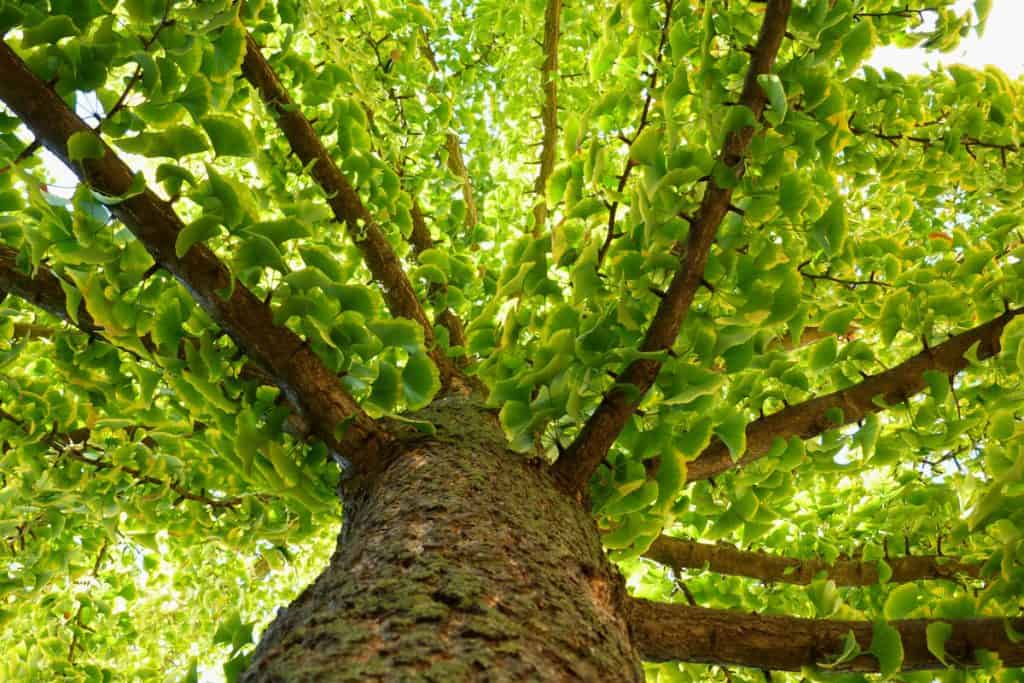
Follow these tips when growing the tree:
- Prune the matured tree annually from late winter to early spring to allow development.
- Pruning is also important to clear up space when the trunk, bark, or branches sag. Untrimmed ginkgo trees create a safety hazard for vehicles and pedestrians.
- Younger trees will need more water. When the tree has deep and matured roots, occasional watering will suffice. For the hotter and drier seasons, ensure a sufficient supply of water.
- Feed your tree with mulch on the tree base.
You should learn how to take care of both the tree and plants underneath to create pleasing scenery in your garden.
Do Ginkgo Trees Have Invasive Roots?
You should consider the root system of the ginkgo tree when choosing companion plants. Ginkgo trees have roots going deep down the soil. With a deep-root system, the tree can support its growth.
Yet, the basis for being invasive is the land area where you planted the tree, not the root system. Planting the tree in a small land area such as a driveway or sidewalk makes the roots invasive.
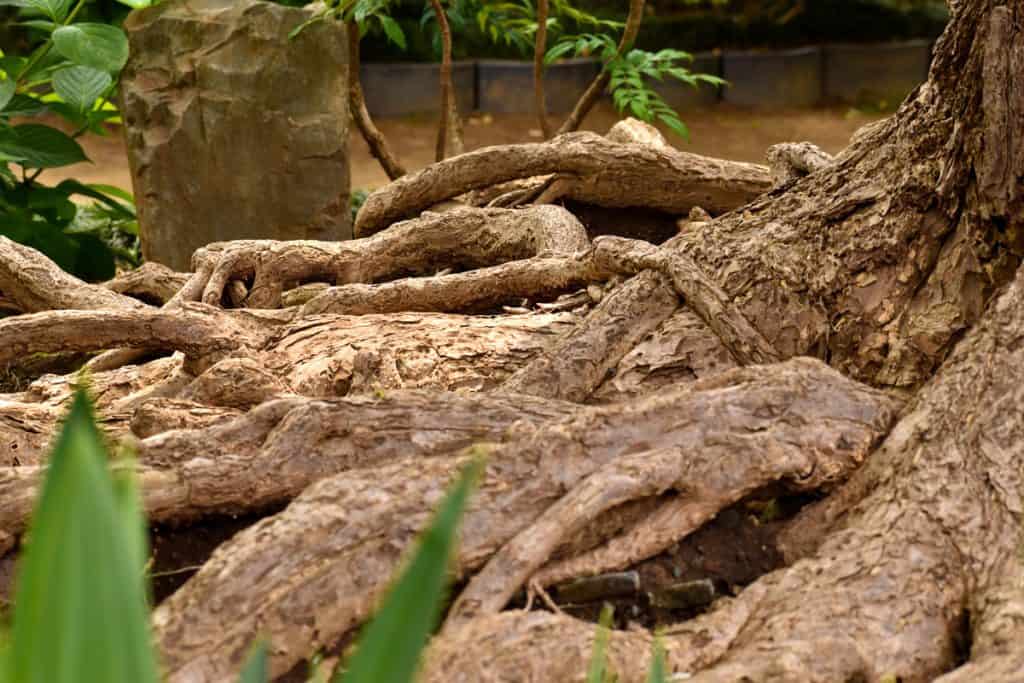
If you have a large area where the ginkgo tree is, it will have enough space for root growth. The trees should be at least 20-22 feet from each other.
When planting fast-spreading grass or shrubs, you should also check the required distancing of the plants from the tree.
Fast-spreading plants should be grown in containers or at a perimeter around the ginkgo tree.
In Closing
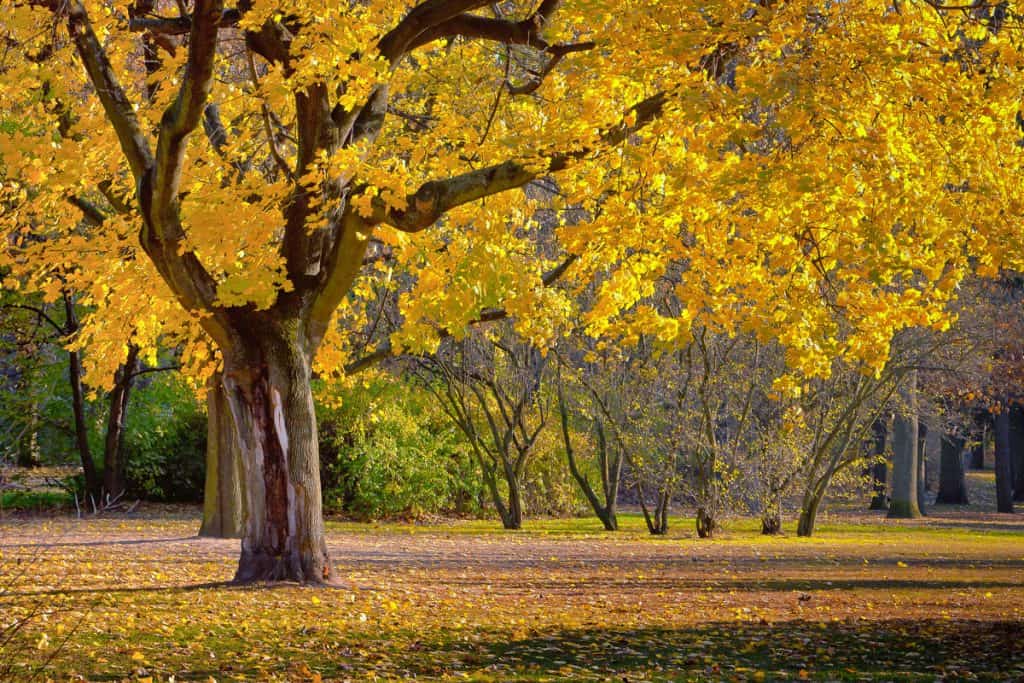
Ginkgo trees are one of the oldest trees on earth. With its fan-shaped leaves, it is an excellent addition to a garden. You can choose compatible plants to grow under it if you want to enhance the landscape.
Some suggestions include Japanese blood and forest grass, hosta, and ferns. Like the ginkgo, these plants are perennials and need low maintenance. The ginkgo tree and the plants underneath will grow well if you know how to take care of them.
If you have the right plant to match your ginkgo tree, you can create delightful scenery in your garden.
Check other posts to learn more about gardening:
